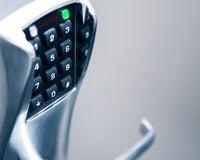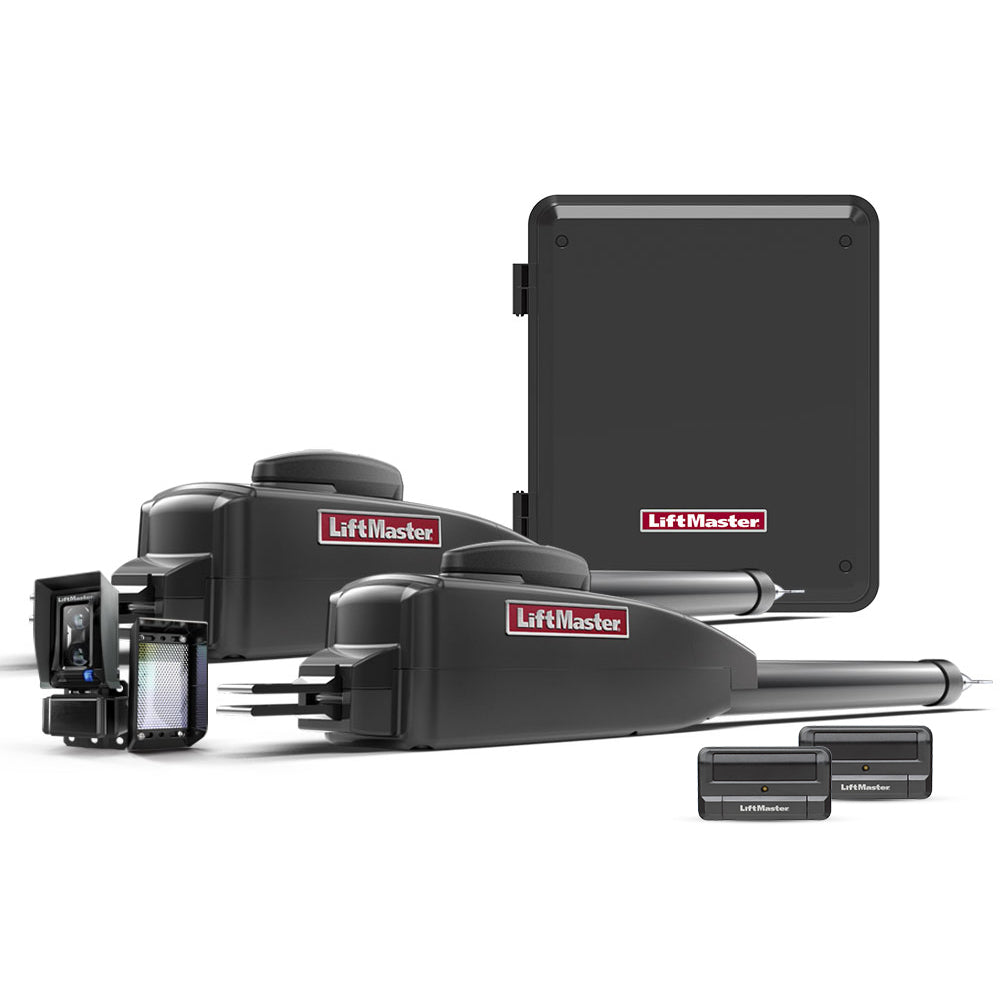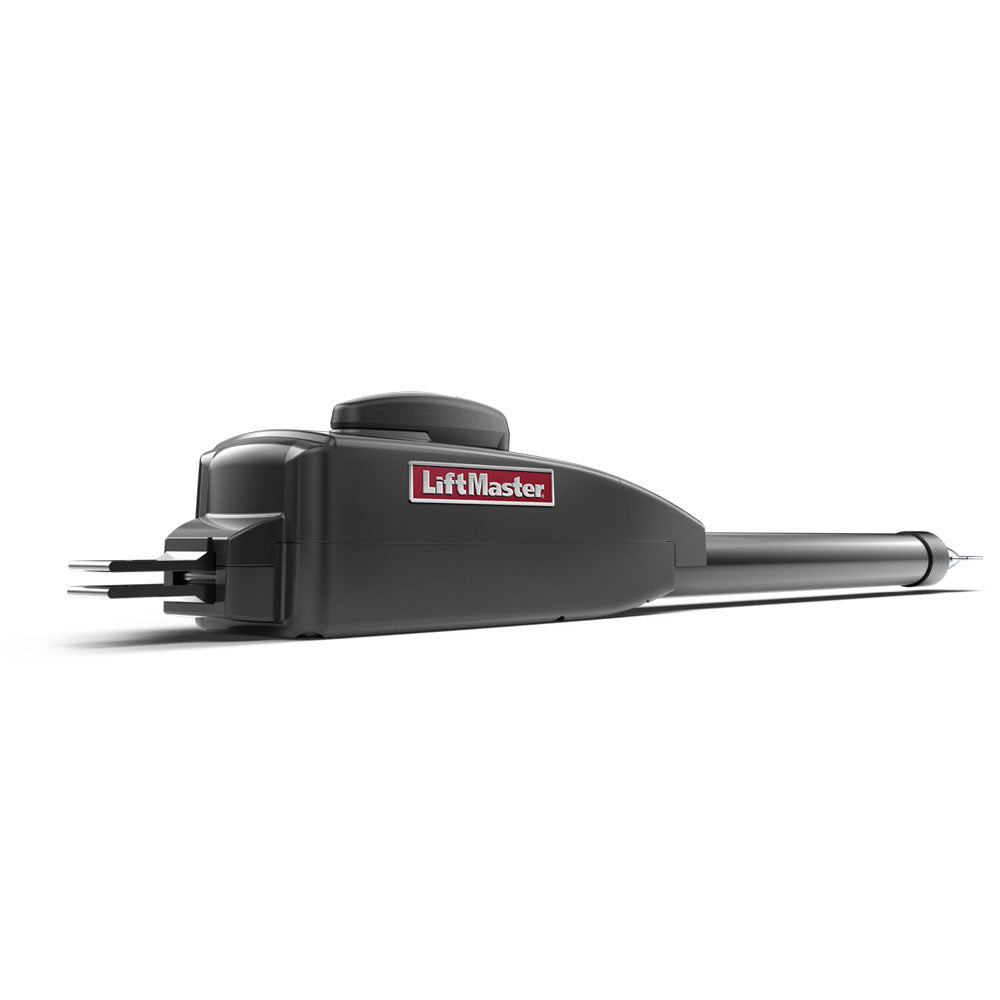With the increasing number of crimes and burglaries, wireless security cameras are indispensable items for every property. They don’t necessarily stop the break-ins, but the presence of these cameras can deter potential offenders from going inside in the first place.
Wireless security cameras are a boon to DIYers for their easy and flexible installation options. It’s really no wonder why they have a wider distribution in online markets compared to their wired counterparts.
How Does the Wireless Security Camera System Work
A wireless system is composed of a camera, transmitter, receiver, monitor, and recording or storage device.
Camera
The camera is what captures a video feed, often in high resolution for high-quality footage. Cameras may also have night vision and motion detection.
Transmitter
The transmitter sends the video feed to the receiver using WiFi or radio frequency (RF) signals.
Receiver
The receiver, which is connected to the monitoring device, receives the signal from the WiFi camera.
Monitor
The video footage is then displayed on the monitor. The monitor can be a computer or smartphone, which receives the footage in real-time.
Storage Device
The storage device then stores the security camera footage either locally or over the cloud server or security DVR. A local storage like a hard drive or SD card found on the camera itself stores the footage. Many WiFi security camera models also have cloud storage, often available through subscriptions.
Types of Wireless System
Every wireless home security system is not built the same. They are generally divided into three main types according to their functions.
Outdoor Cameras
An outdoor camera with a floodlight cam installed outside the home easily monitors movements within the perimeter of your property. They have a special infrared system for superior color night vision and motion detection to be able to operate in low-light conditions. Outdoor security cameras are also weather-proof and can operate in a wide range of temperatures.
Indoor Cameras
Indoor cameras are more compact than outdoor wireless cameras. These types have moderate tolerance to temperature and weather changes. Some models may have night vision, but the indoor camera resolution is quite inferior to the outdoor units.
Doorbell Cameras
Doorbell cameras are wireless security cameras installed by the door or the home’s primary entrance point. The video doorbell provides monitoring of events happening by the doorstep up to a certain range. Like other wireless and wired CCTV systems, a decent doorbell camera like the DoorBird has an integrated microphone that enables voice recording.
Benefits of Installing a Wireless Camera
Homeowners who want to enhance their home security and integrate it into a smart home invest in wireless security cameras.
A wireless camera system serves as your lookout and guards the premises 24/7. In many businesses, video footage from IP cameras is presented as court evidence when needed.
In the home, a wireless camera is an essential tool for monitoring day-to-day activities. If you lose something, you can review footage to retrace your steps virtually. It is also handy if you have pets you leave at home all day. Wireless cameras offer the convenience of live footage whenever you need it.
Doorbell wireless cameras give you a glimpse of your driveway and doorsteps for visitors or package deliveries.
You have the choice of a wired or wireless camera system. But people prefer the latter for the following benefits:
Easy to Install
The term wireless refers to the absence of connecting wires for the data transmission. A wireless camera means that it is not totally wireless, given that it needs to get its power from an electrical outlet. There are wire-free options, though. These security cameras come with a battery or solar panel, which are much easier to install.
Clean Installation
The wireless system is best for homes, apartments, and small businesses. It does not require structural changes to the building, and you don’t have to alter the property in any way. Installing a wireless system does not require any equipment other than a hand drill and screwdriver to mount it.
Flexible
Wireless cameras can be positioned anywhere, provided the electrical wire can reach a power outlet or socket. With the wire-free system, you are free to place the camera anywhere on your property for a better vantage point and view.
Scalable
The wireless system used enables users to add more cameras to cover wider ground. The cameras are easily set up in the mobile device monitor for round-the-clock monitoring. The voice assistant is also available for wireless security cameras that are compatible with smart home technologies such as Google Home.
Affordable
Wireless camera system hardware is relatively cheaper than a wired system. Without the wiring, it reduces the manual labor expenses needed to install the system anywhere in the house. Anyone can install it, and it does not necessarily require professional help.
Disadvantages of the Wireless System
Yes, the wireless system also comes with some minor drawbacks, such as:
Privacy Concerns
Systems that connect directly to the internet or WiFi are prone to hacking. Cloud-based storage is also susceptible to digital snooping.
Signal Issues
Relying on internet connectivity, which is an issue in some locations, makes the wireless system less functional. The common range for a wireless system is about 150 feet. However, dense building materials may interfere with its connection.
Power Issues
Wireless security cameras that operate using electricity can become useless in case of a power outage. If you have the battery type, you may need to replace the cam battery when it gets depleted. Solar power is more reliable, but it also needs to get most of the sunlight to keep working.
Protect Your Property Now!
A wireless security camera system is one of the easiest security devices you can install in your home. You just install it to a vantage spot, plug it into the outlet, and set up its mobile monitoring app.
To be able to use it through power outages, it is best to keep a UPS handy. Or, you may want to invest in a battery or solar-powered wireless security camera instead. These types may cost a little more than the electricity-powered cameras but are reliable in power loss.
If you are looking for reliable wireless security cameras, visit All Security Equipment. We have a selection of indoor and outdoor cams as well as doorbell wireless cameras.
Unsure which one to get for your property? Give us a call and let our customer service help you find the ideal one for your home or business.












